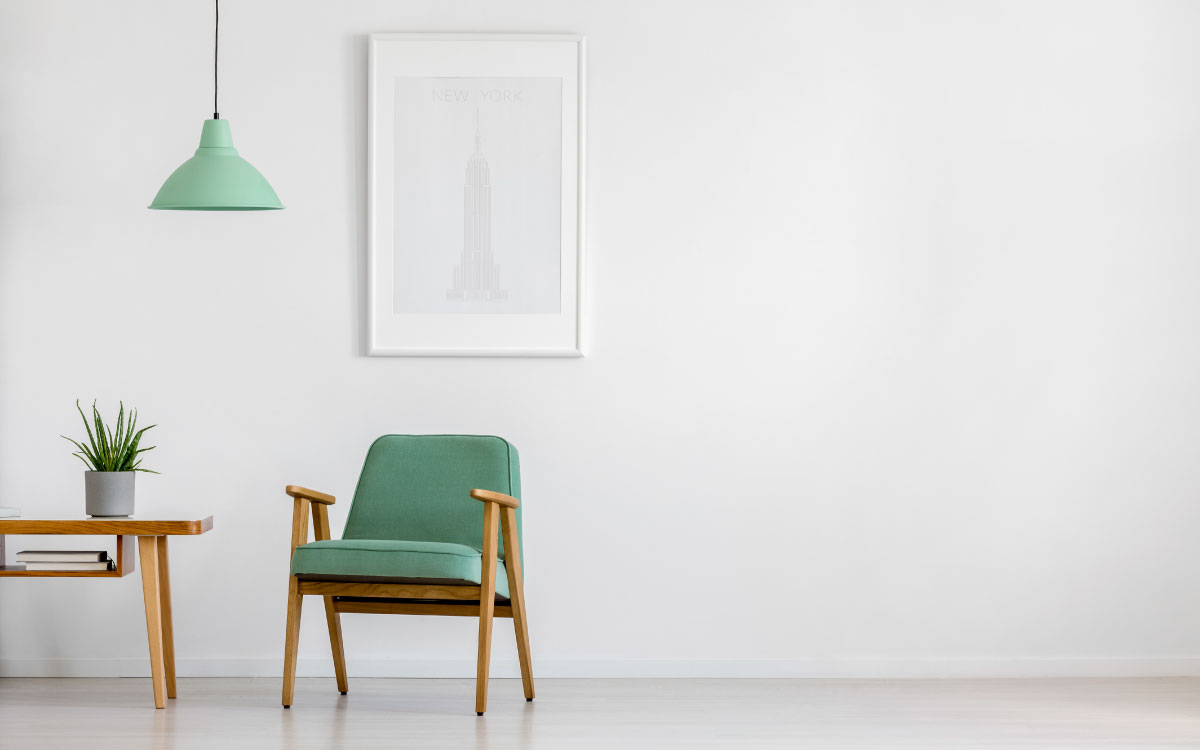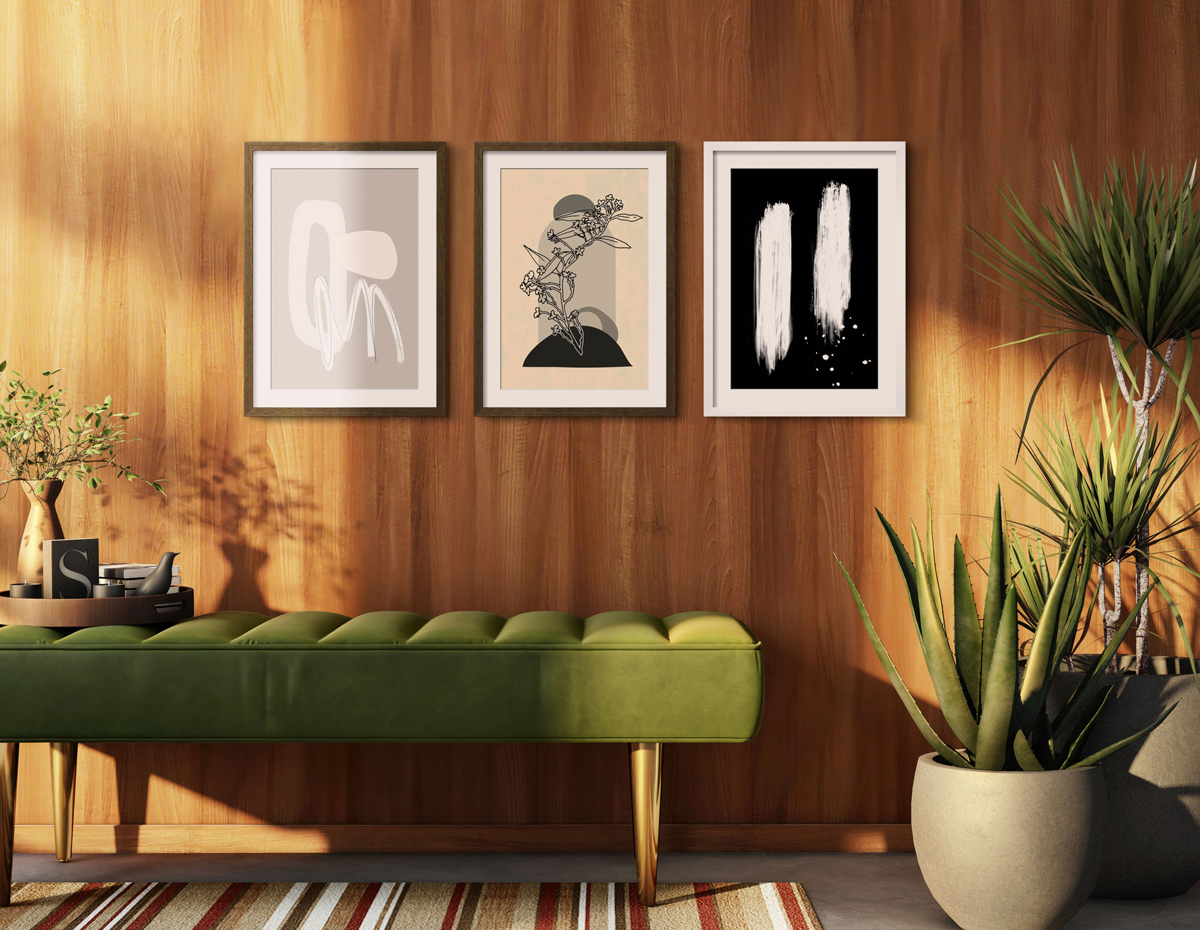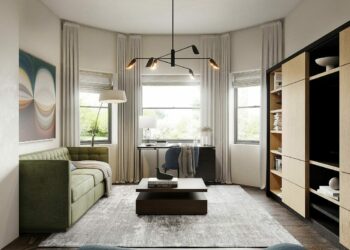In a world filled with constant noise, consumerism, and digital clutter, a powerful design philosophy is offering a path to clarity and peace. This philosophy, minimalism, is often misunderstood as a stark, cold aesthetic defined by empty rooms and sterile white walls. However, true minimalism is far more profound than a visual style. It is a deliberate and thoughtful approach to design and life that finds beauty and value not in what is added, but in what is removed. Minimalism with purpose is the art of creating spaces and products that are intentional, functional, and meaningful, where every element serves a specific role and nothing is extraneous. It is a rejection of the superficial and a celebration of substance. This comprehensive article will delve into the core principles of purposeful minimalism, exploring its profound psychological benefits, detailing its applications across various design disciplines, and offering a guide to adopting this mindset to create a life and an environment that is truly rich, meaningful, and intentional.
Deconstructing Minimalism

The common misconception of minimalism is that it is an aesthetic of deprivation. People envision a minimalist home as a museum of sparse furniture and a muted color palette. While these elements can be a part of minimalism, they are not its definition. At its core, minimalism is about intentionality. It is the conscious decision to declutter not just our physical spaces but our lives, our calendars, and our mental landscapes. It’s a question of “what truly adds value?” and the courage to let go of everything else. The end goal is not an empty space but a space that is perfectly curated and serves its purpose with grace and efficiency. This philosophy extends beyond interior design to influence how we approach technology, architecture, and even our personal well-being.
The Core Principles of Purposeful Minimalism
Designing with purpose is a mindset guided by a set of foundational principles. These principles serve as a compass, ensuring that every decision, from selecting a piece of furniture to organizing a room, is rooted in intention.
A. Intentionality Over Aesthetics: The first principle is to always ask “why?” every design choice. Why is this table here? Why do I own these 20 books? Why is this feature on my app? The answer must be a clear and justifiable purpose. This is a radical departure from designing for aesthetics alone. When intentionality guides the process, the resulting space or product is not just beautiful; it is deeply functional and meaningful. The beauty comes from the clarity of the purpose.
B. Functionality and Simplicity: In purposeful minimalism, form follows function. The design of a space or a product should be a direct reflection of its intended use. A simple, elegant chair is not just an object; it is a piece of furniture that is perfectly designed for the act of sitting. A minimalist website is not just visually clean; its simplicity makes it easy for the user to find the information they need without distraction. This focus on simplicity ensures that the design is intuitive and effortlessly useful.
C. Quality Over Quantity: The minimalist approach rejects the consumerist cycle of buying and discarding. Instead, it encourages investing in a few high-quality, timeless pieces that are built to last. This is an ethical and financial choice. A beautifully crafted wooden desk, for example, is more sustainable and more enduring than a cheap, mass-produced one that will need to be replaced in a few years. This principle fosters a deep appreciation for the items we own and reduces our overall consumption footprint.
D. Clarity and Order: A minimalist space is a sanctuary of calm. This is achieved by creating visual order and clarity. By eliminating unnecessary items and creating a simple, organized layout, we reduce the mental effort required to navigate our environment. This visual clarity translates into mental clarity. A cluttered space can feel chaotic and overwhelming, while a minimalist space provides a sense of peace and tranquility, acting as a backdrop for a focused and intentional life.
E. Honesty of Materials: Minimalist design often celebrates the natural beauty of a material without embellishment. It finds elegance in the grain of a piece of wood, the texture of concrete, or the raw finish of a metal. This principle is a rejection of artificiality and a celebration of authenticity. It honors the materials for what they are, allowing their inherent qualities to become the focal point of the design. This honesty creates a sense of genuineness and warmth that is often missing from more ornate styles.
The Psychological and Emotional Impact of Minimalism
The benefits of purposeful minimalism extend far beyond the physical space. The deliberate act of curating our environment has a profound impact on our mental and emotional well-being.
A. Reduced Stress and Mental Clarity: Our brains are constantly processing the visual information around us. A cluttered, chaotic space bombards our minds with stimuli, leading to stress, anxiety, and a feeling of being overwhelmed. A minimalist space, with its clean lines and lack of visual noise, provides a sense of calm and order, which allows the mind to relax and focus. It is a physical embodiment of a decluttered mind.
B. Increased Focus and Productivity: Distractions are the enemy of productivity. In a minimalist workspace, the lack of unnecessary items and visual clutter helps to eliminate distractions, allowing for a deeper level of focus. The mind is not pulled in multiple directions by a chaotic environment, which makes it easier to concentrate on the task at hand. This is why many creative professionals and entrepreneurs are drawn to minimalist spaces.
C. A Sense of Calm and Well-being: Living with less forces us to be more present and to appreciate the things we do have. When our homes are not filled with unnecessary items, we are more likely to notice the quality of the light, the view from our window, or the simple pleasure of sitting on a comfortable chair. This heightened sense of awareness fosters gratitude and a profound sense of well-being. It turns our home into a peaceful sanctuary, a place of restoration rather than a storage unit for our possessions.
Applying Minimalism with Purpose Across Disciplines
The principles of purposeful minimalism are not confined to a single field. They can be applied to any discipline to create a more effective, efficient, and meaningful solution.
A. Interior Design: In interior design, purposeful minimalism is about creating a functional and beautiful space with a curated selection of furniture and objects. It’s about using a limited color palette to create a sense of harmony, allowing for open spaces and natural light to become the dominant features, and ensuring that every item in the room has a reason to be there. Storage is integrated and hidden, and the focus is on creating a sense of calm and order.
B. Product Design: A minimalist approach to product design focuses on stripping away unnecessary features to reveal the product’s core purpose. The goal is to create products that are intuitive and easy to use, with a clean and elegant interface. A classic example is the original iPod, which, at a time of complex MP3 players, simplified the user experience to just a few buttons and a scroll wheel, making it incredibly easy to use.
C. Architecture: In architecture, minimalism is expressed through clean lines, geometric forms, and a deliberate use of space. The focus is on creating buildings that are in harmony with their environment, with large windows to maximize natural light and a simple, honest use of materials. The design of the building itself becomes a statement, with every element serving a clear structural or aesthetic purpose, free from unnecessary ornamentation.
D. Branding and Graphic Design: Minimalist branding is about creating a clear, powerful message through simple, uncluttered visuals. By using a limited color palette, a clean typeface, and a simple logo, a brand can communicate its essence without distraction. Think of the logos of Apple or Nike. The simplicity of their design makes them instantly recognizable and timeless.
The Practice of “Editing” Your Life and Space

Adopting a minimalist mindset is a journey, not a destination. It is a practice of continuous “editing,” of consciously deciding what to keep and what to let go of.
A. The KonMari Method and Beyond: Popular decluttering methods like the KonMari Method, which encourages you to keep only those items that “spark joy,” provide a great starting point. The act of going through your possessions and making intentional choices about what to keep is the first step toward a more minimalist lifestyle. It’s about building the muscle of intentionality.
B. The One-In, One-Out Rule: A simple but effective rule for maintaining a minimalist space is the “one-in, one-out” rule. For every new item that comes into your home, one item must go. This forces you to make conscious decisions about your consumption and prevents the gradual accumulation of clutter.
C. Creating a “Minimalist Mindset”: The most important part of the journey is the mindset shift. It’s about moving away from the idea that more is better and embracing the belief that a life of intention is a life of fulfillment. It’s about finding joy not in the accumulation of things, but in experiences, relationships, and a profound sense of inner calm.
The Pitfalls and Challenges of Minimalism
While minimalism is a powerful philosophy, it’s important to be aware of its potential pitfalls.
A. The Misconception of “Less is Always Better”: A common mistake is to take minimalism to an extreme, creating spaces that feel cold, empty, and uninviting. True minimalism is about having just enough, not as little as possible. The goal is to create a space that is livable and functional, not a sterile environment.
B. The Risk of Impracticality: A design can be beautiful in its simplicity but completely impractical for real-world use. A minimalist kitchen with no counter space or a living room with a single, uncomfortable chair is a failure of design, no matter how clean it looks. Purposeful minimalism always balances aesthetics with the needs of the user.
C. The Pressure of Perfection: The ironic danger of minimalism is the pressure to be perfectly minimal. The focus on a curated, perfect space can lead to a new form of stress and anxiety. The goal is not to achieve an idealized state of perfection but to find a personal balance that brings you a sense of peace and freedom.
Minimalism and Sustainability
Minimalism and sustainability are two philosophies that are deeply intertwined.
A. Reduced Consumption: A minimalist lifestyle, by its very nature, encourages reduced consumption. When we buy less, we create less waste, which has a direct positive impact on the environment.
B. Focus on Durable Goods: The minimalist principle of buying high-quality, long-lasting items is a direct rejection of a disposable culture. This approach not only saves money in the long run but also reduces the environmental impact of constant manufacturing and waste.
Conclusion
Purposeful minimalism is a powerful philosophy for our time. It is a radical act of rebellion against the noise and excess of modern life, offering a path to greater clarity, focus, and peace. It is not about living with less; it is about living with more intention. By embracing this mindset, we can create spaces and lives that are not just beautiful, but truly meaningful.







Discussion about this post